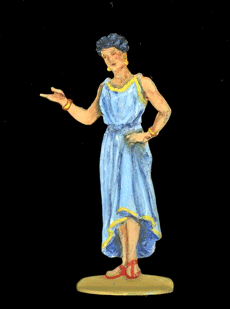 Roman
lady.
Roman
lady.
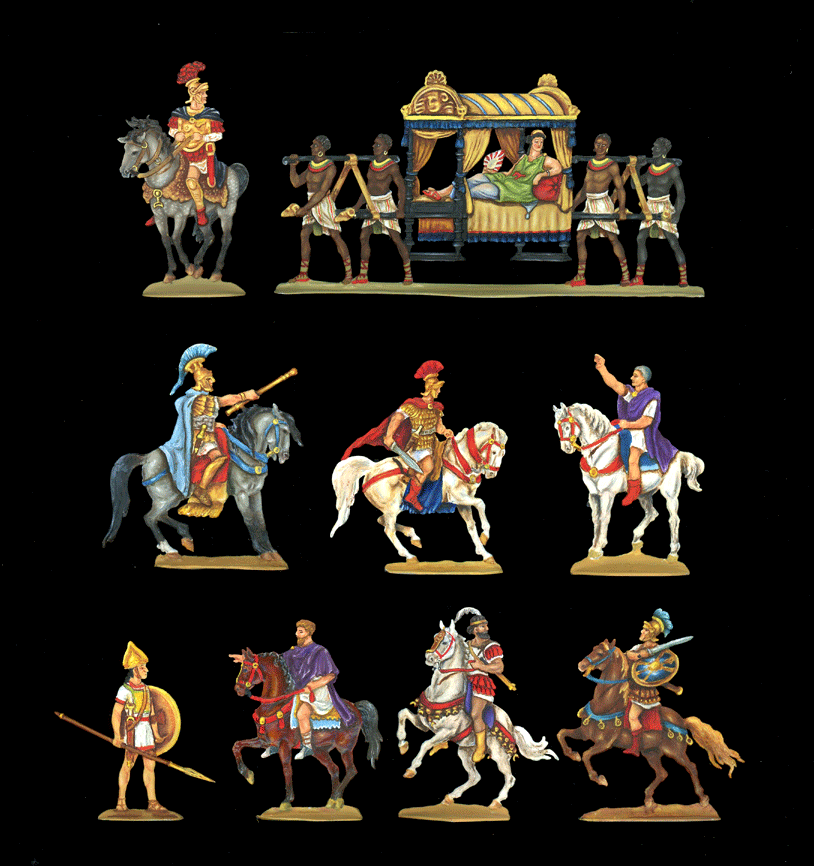 Man on grey
horse Carthaginian general Hasdrubal
Barka, commander and also brother of Hannibal Barka,
on first white horse Scipio Africanus, second white horse
Julius Caesar, foot soldier Etruscan, Marcus Aurel,
Jugurtha and Belisar.
Man on grey
horse Carthaginian general Hasdrubal
Barka, commander and also brother of Hannibal Barka,
on first white horse Scipio Africanus, second white horse
Julius Caesar, foot soldier Etruscan, Marcus Aurel,
Jugurtha and Belisar.
Drawing Krischen and Madlener, engraving Frank and Lecke editions Raul Gerard/Österreicher (Neckel), Ochel, Gottstein and Hafer.

Upper row fourth from the left Augustus, Caesar, Roman standard bearer, 45-mm, edition Mars, the 30-mm editions Raul Gerard/Österreicher (Neckel), Gottstein and Cortum. Drawings Frank and Madlener.
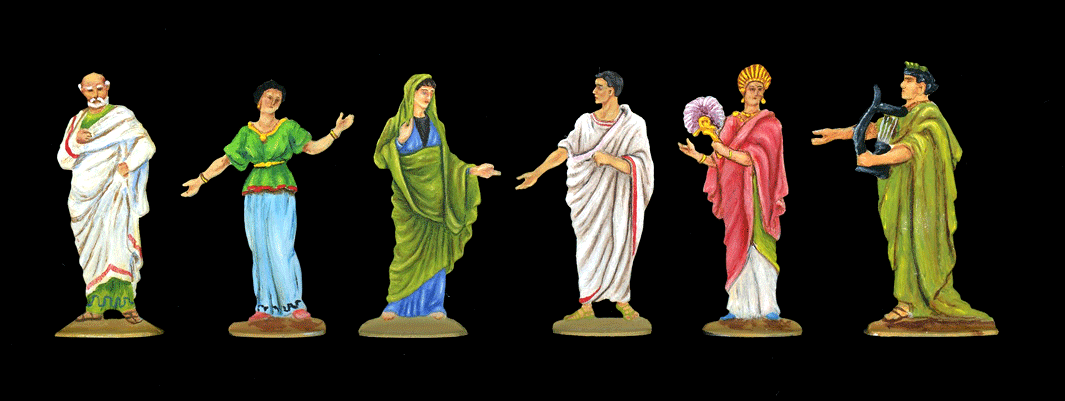
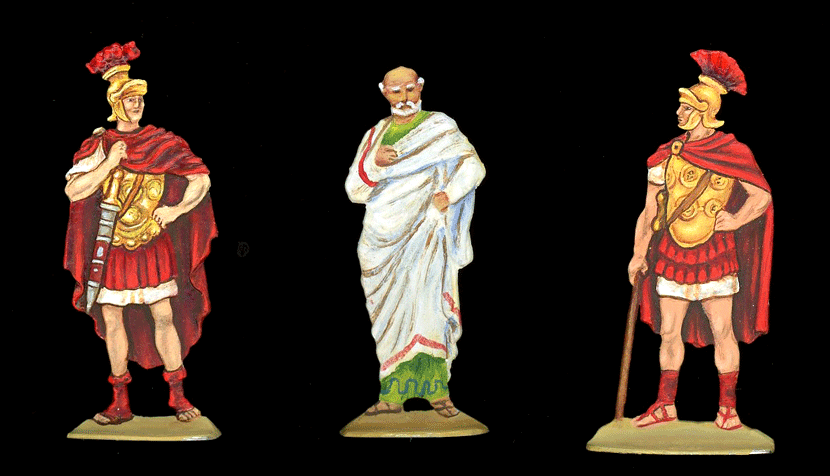
Drawing Krischen, engraving Frank, editions Raul Gerard/Österreicher ( Neckel) and Cortum.
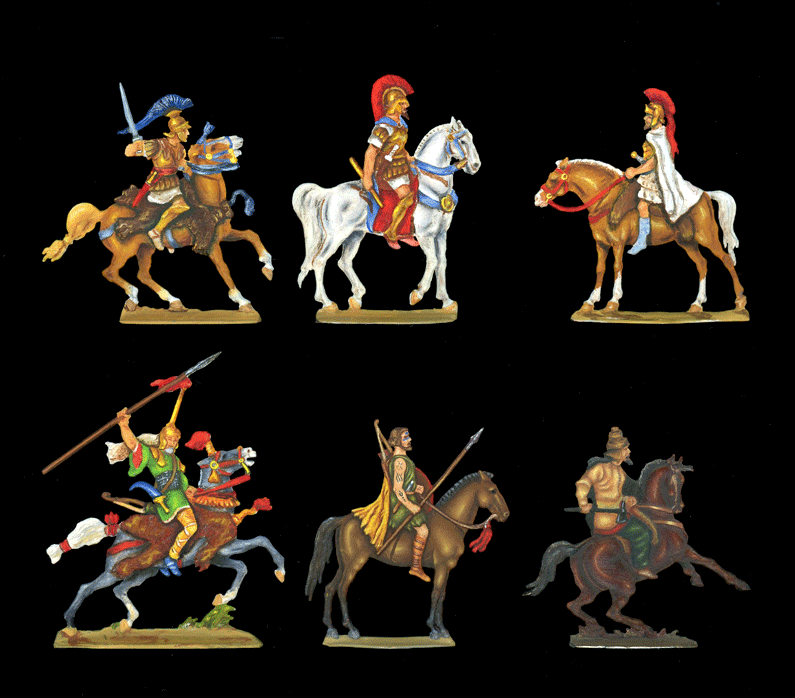
Upper row on white horse Hannibal Barka.
Drawing Krischen and Madlener, engraving Frank, Thieme and Maier, editions Ochel and Gottstein.
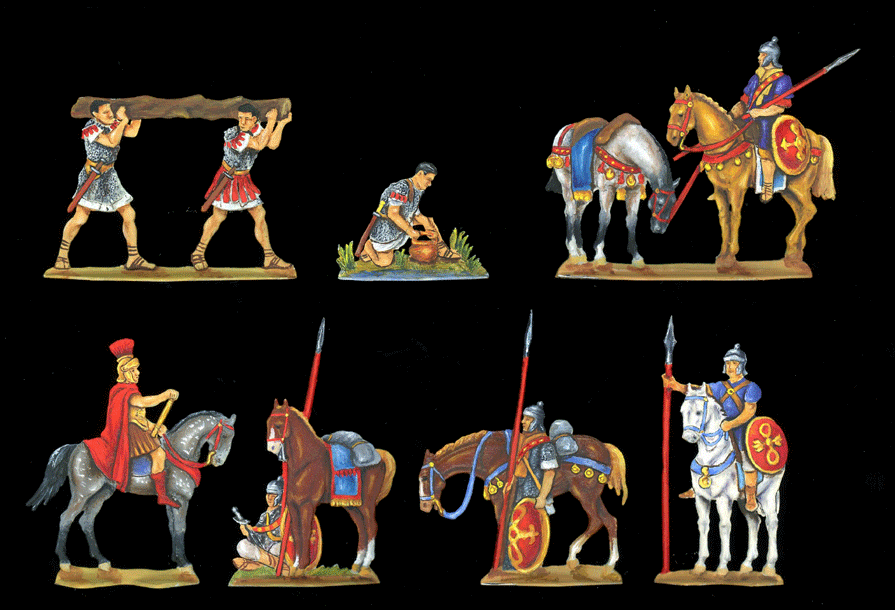
Engraving Frank and Vasques,
edition Heinrichsen and Mignot.
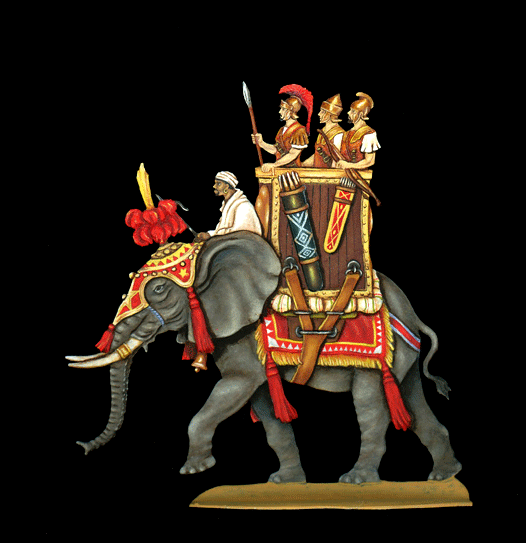
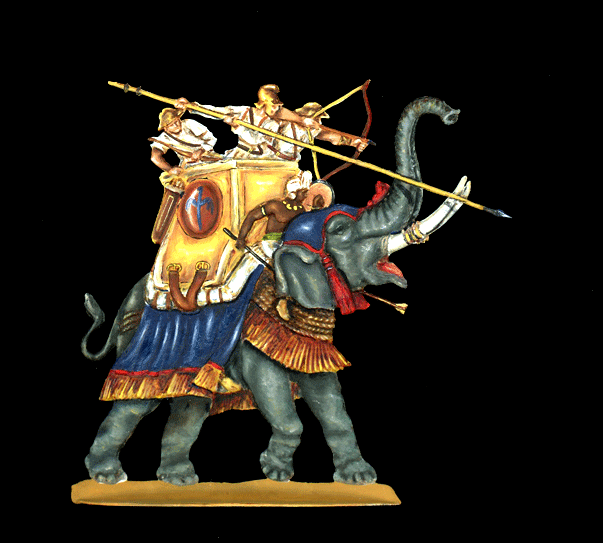
Carthaginian war elephants. Drawing Madlener, engravings Frank and Maier, editions Otto Gottstein and Eugen Blum.
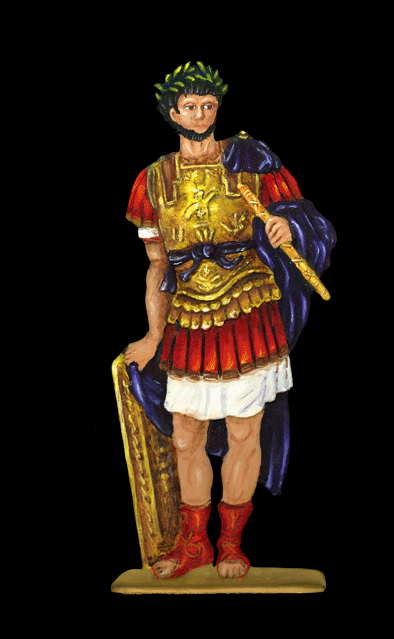
Belisar, 100mm, drawingMartin Block or Karl heinrichs, engraving Söllner, edition Ernst Henniges.
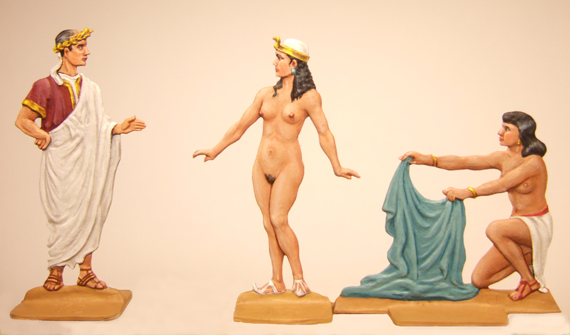
First meeting between Julius Caesar and Cleopatra - Queen of Egypt. Drawing L. Madlener, engraving L. Frank, edition Raul Gerard/Österreicher (by Neckel today).
Painting Jan Sennebo, photo courtesy Jan Sennebo.
Non-Roman people
Britons
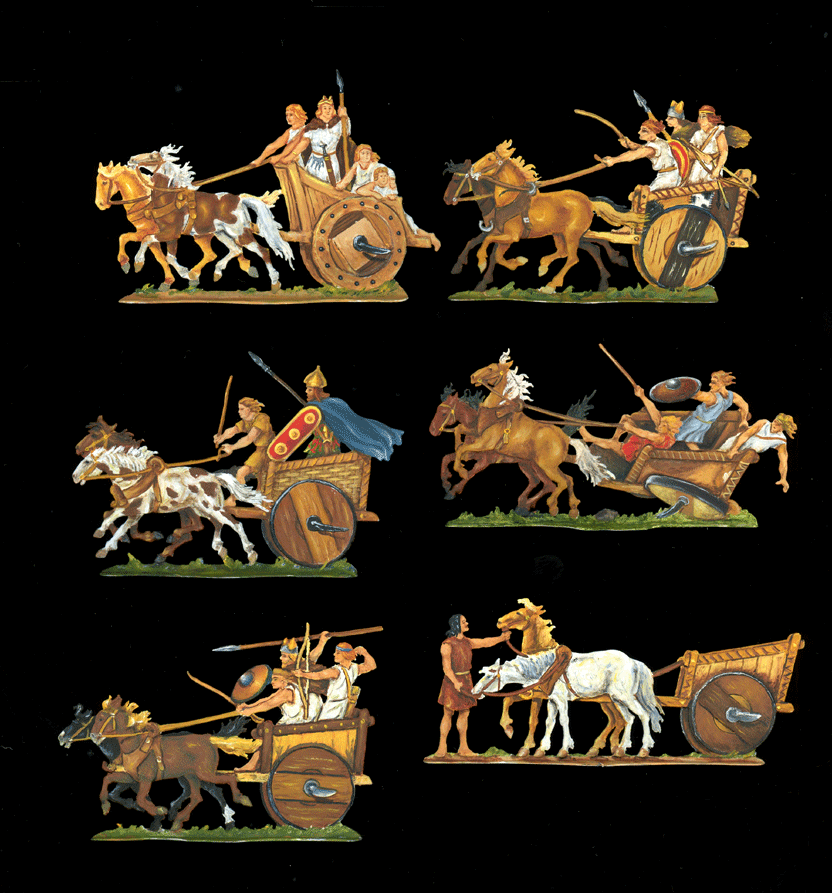
Upper row from the left queen Boudicca/Boadicea, second row King Cassivellaunus. Drawings?, engraving Sixtus Maier, edition Gottstein.
Goths
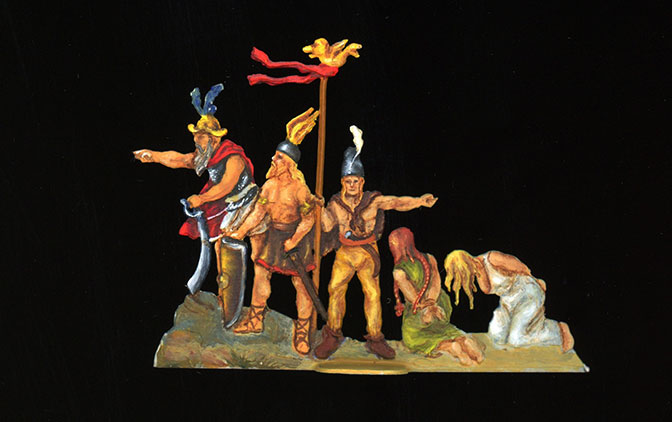
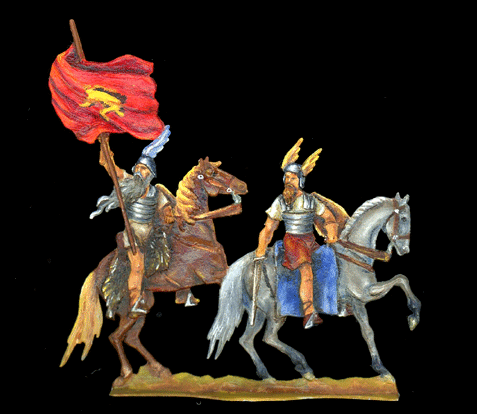
Edition Heinrichsen.
Germans
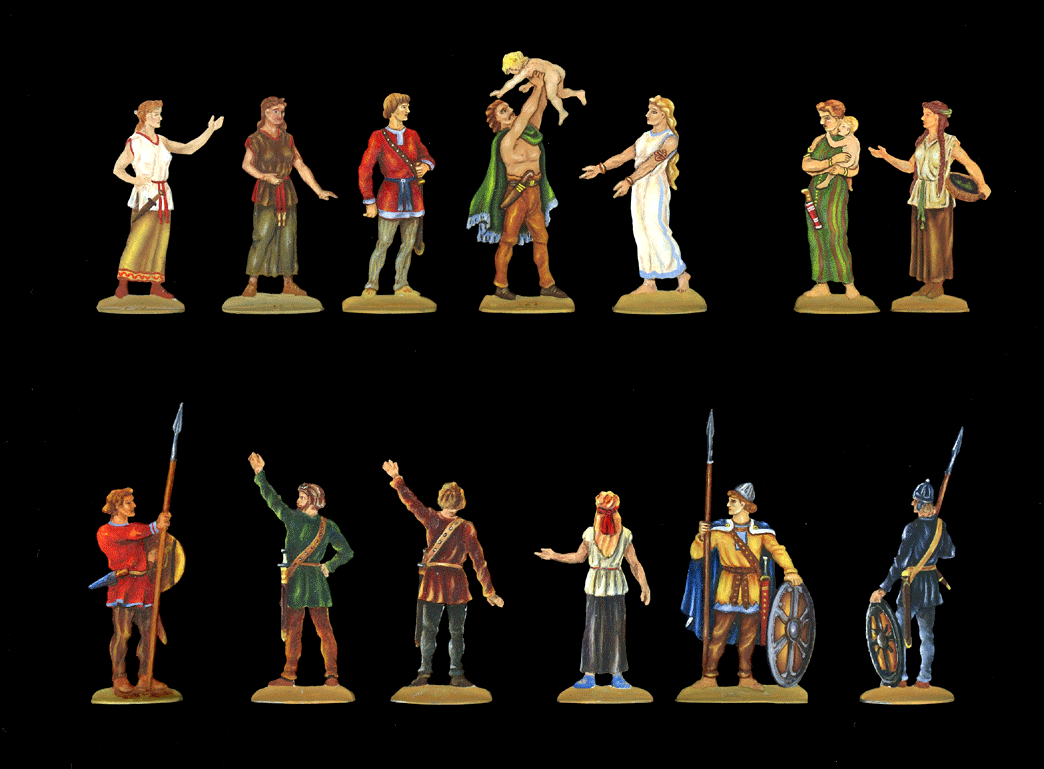

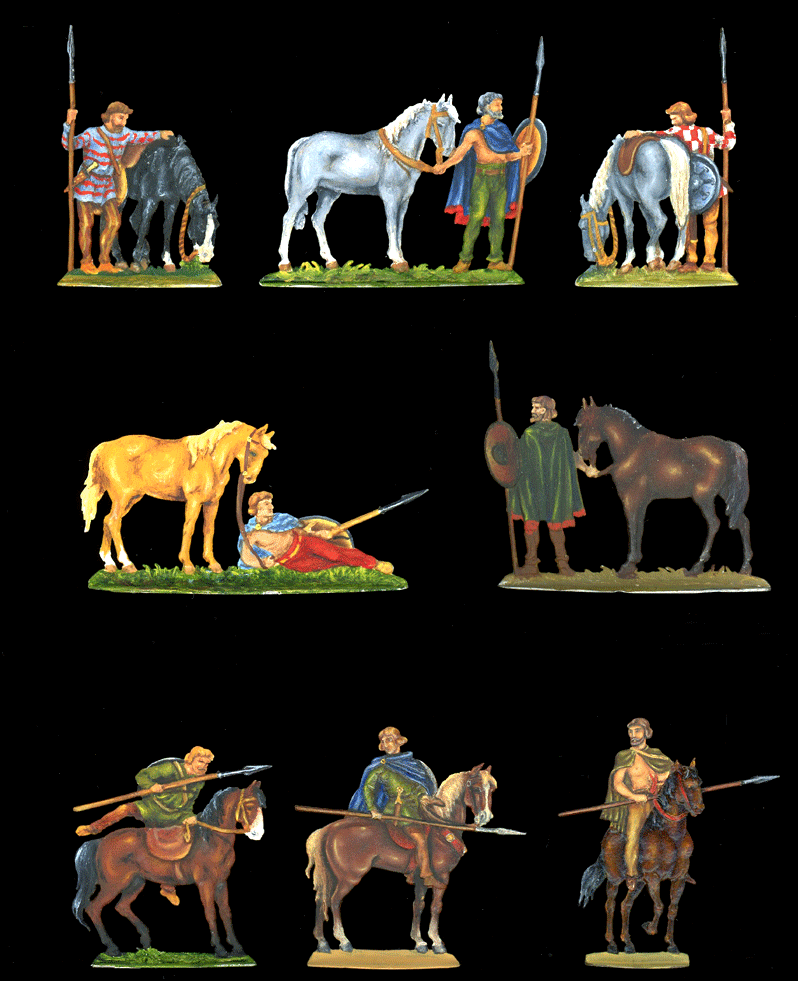
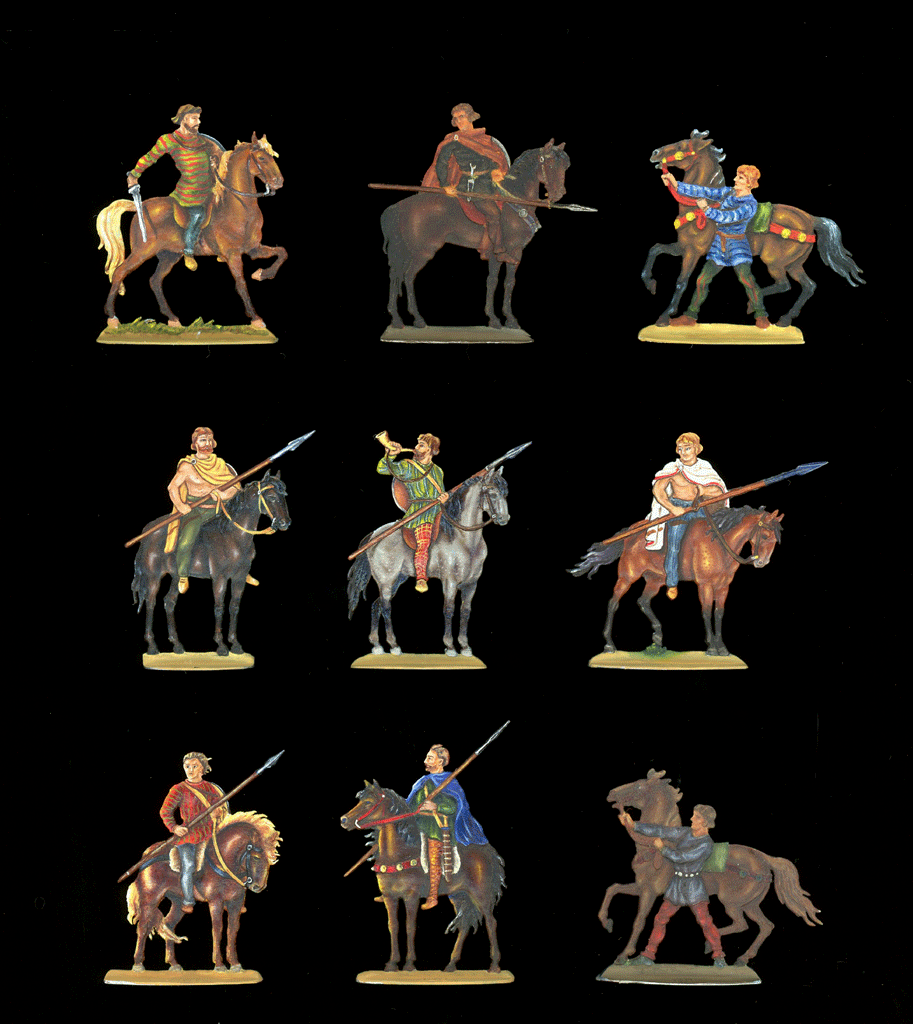
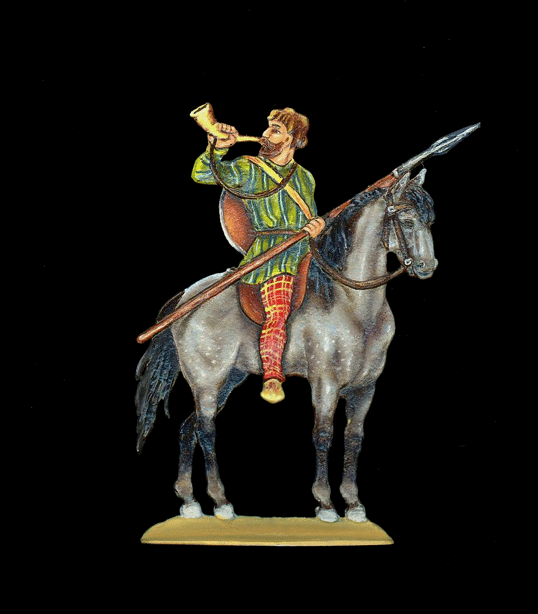

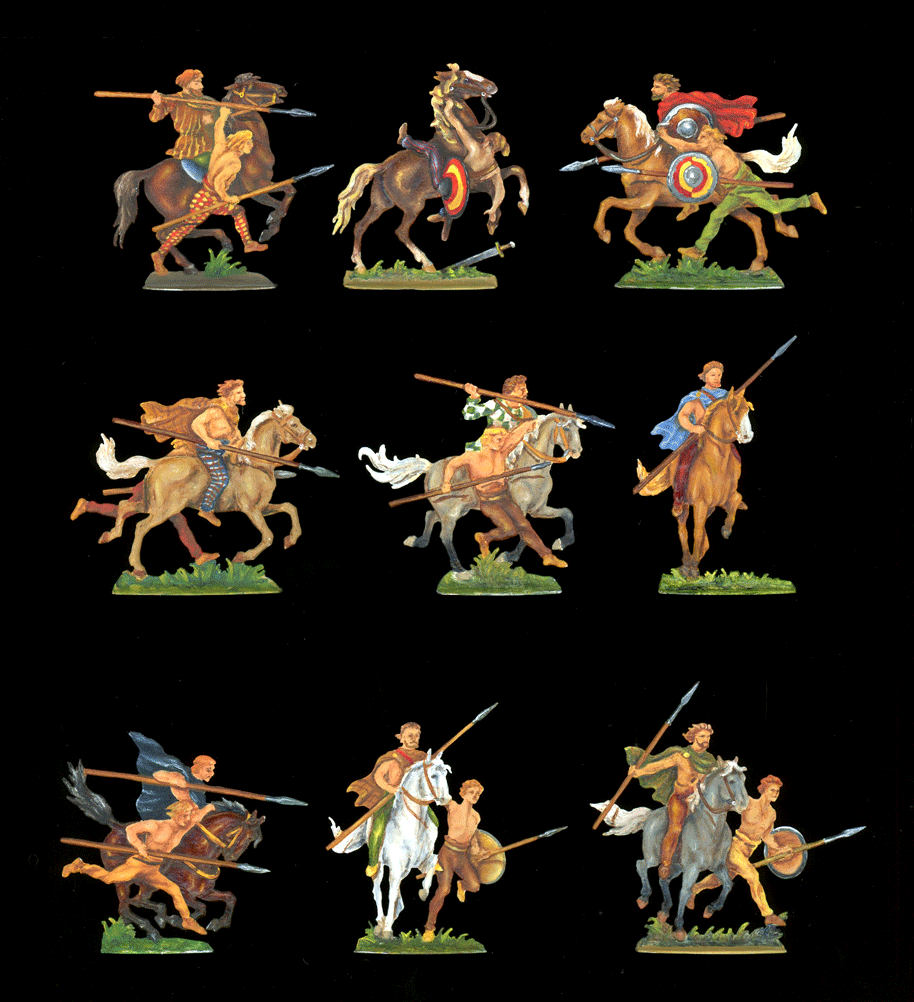
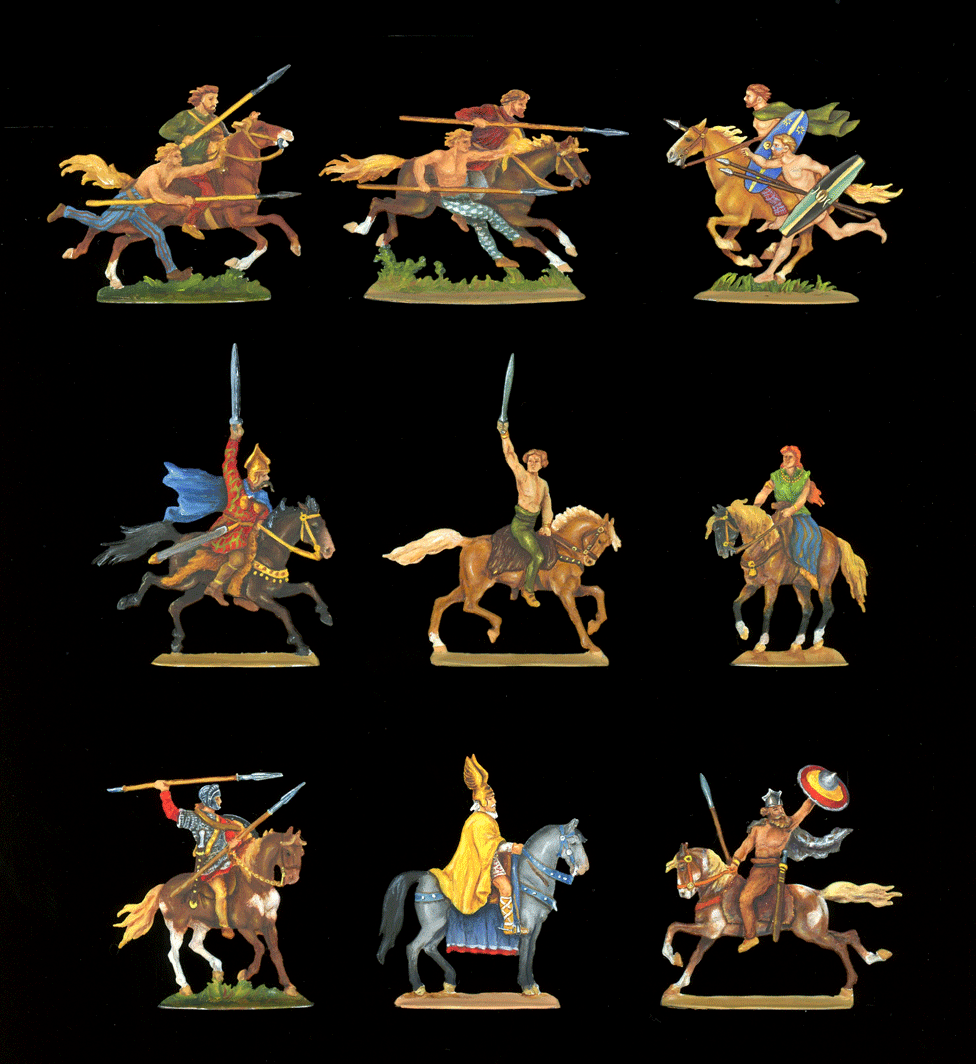
Two rows up - second and third from the left Hermann chief of the Cherusci and his wife Thusnelda.
Lowest row - King Tottila, Theodorik I, chieftain Marbod.
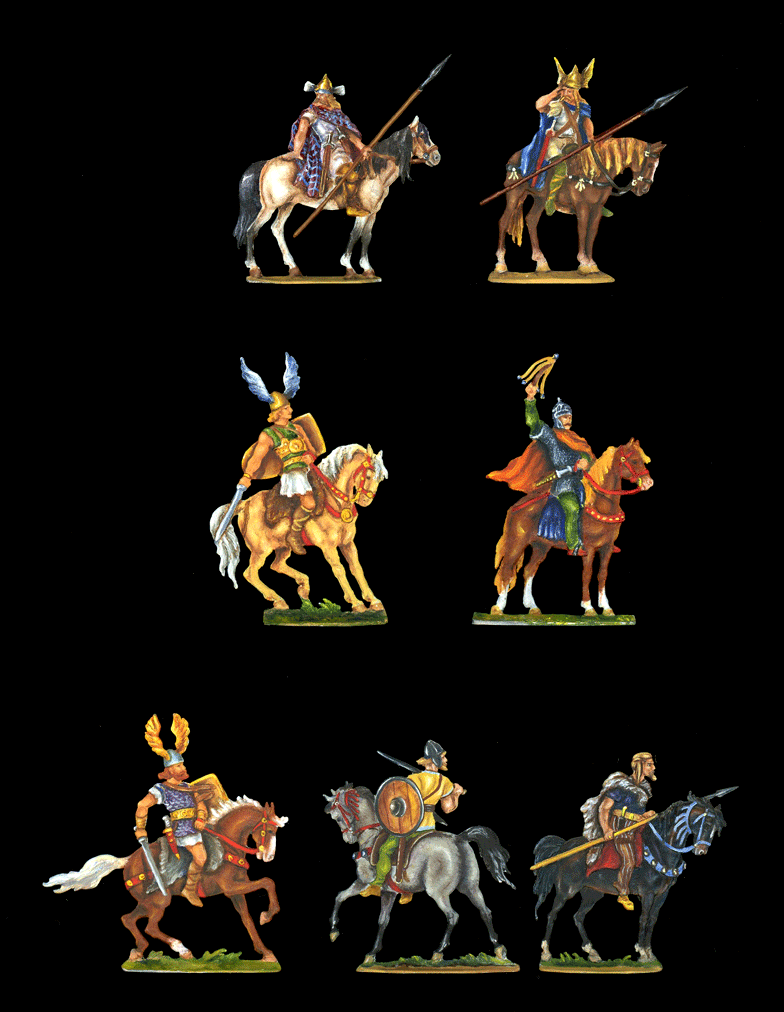
Upper row - Gaul Chieftain Ambiorix on brown horse and his aid. Ambiorix was leader of a Belgic tribe of north-eastern Gaul (Gallia Belgica), where modern Belgium is located. He wiped out a whole Roman legion and five cohorts, but eventually lost the war to Caesar and fled over the Rhine river and vanished from history. Today he is a national hero in Belgium and stands staue in the city of Tongeren.
Middle row - Tottila, Attila.
lower row - Alarik, Inguiomerus, Ariovist.
Inguiomerus
(Ingwia-mâriz/Ingemar?)
, German chieftain of the Cheruscs. He helped the chieftain Hermann
in the Battle of the Teutoburg Forest where the Roman general Varus’ lost
his three legions and took his own life. Inguiomerus, who had previously been
on good terms with the Romans, went over to Hermann's side before the battle.
This was in the year 9 A.D.
The second time Inguiomerus is mentioned in the Roman history is at the The
Battle of Idistaviso in AD 15. The Roman Emperor Tiberius sent his son Drusus
Germanicus to avenge the shameful loss and massacre at Teutoburg Forest. The
Romans defeated the Germans but Hermann and Inviomerus manage to escape with
the bulk of their army intact, Inguiomerus badly injured. The Roman campaigne,
however, did not give Rome hegemony over the forests of Germania, but it did
secure the borders of the Roman Empire for some time.
The third time Inguiomerus is mentioned in history is when a war between the Marcomanni and Cherusks was underway. Before the battle Inguiomerus deserted with a troop of his warriers to the Marcomanni chieftain Maroboduus. It is said that Inguiomerus did so only because he had a grudge to his brother's youthful son. Hermann came out victorious from this war but nothing more is known about Inguiomerus.
Ariovist (Ariovistus). German chieftain of the Suebi people. He crossed the Rhine in 71 B.C. and accomplished great military and political achievements in Gaul for almost twenty years. In the year 60 B.C he became an ally to Rome who's senate announced him "Friend of the roman people" but as his power in Gaul increased it prevented Rome's ambitions to expand further. Therefore Julius Caesar made Ariovist an offer which, of course, was not fair to boths parties, so he declined it. Casear eventually defeated his outnumbered force in 58 B.C. Ariovist succeeded to escape back to his own country but during the flight his two wives and one daughter were killed. According to Ceasar's writings, Ariovist died before the year 54 B.C. and became thus 47 years old.
Drawings Madlener, Krischen, Mohr, engravings Frank, Maier, Mohr.
Editions Cortum, Beck, Ochel, Hahneman, Gottstein, Hafer, Mars, Heinrichsen, Blum.